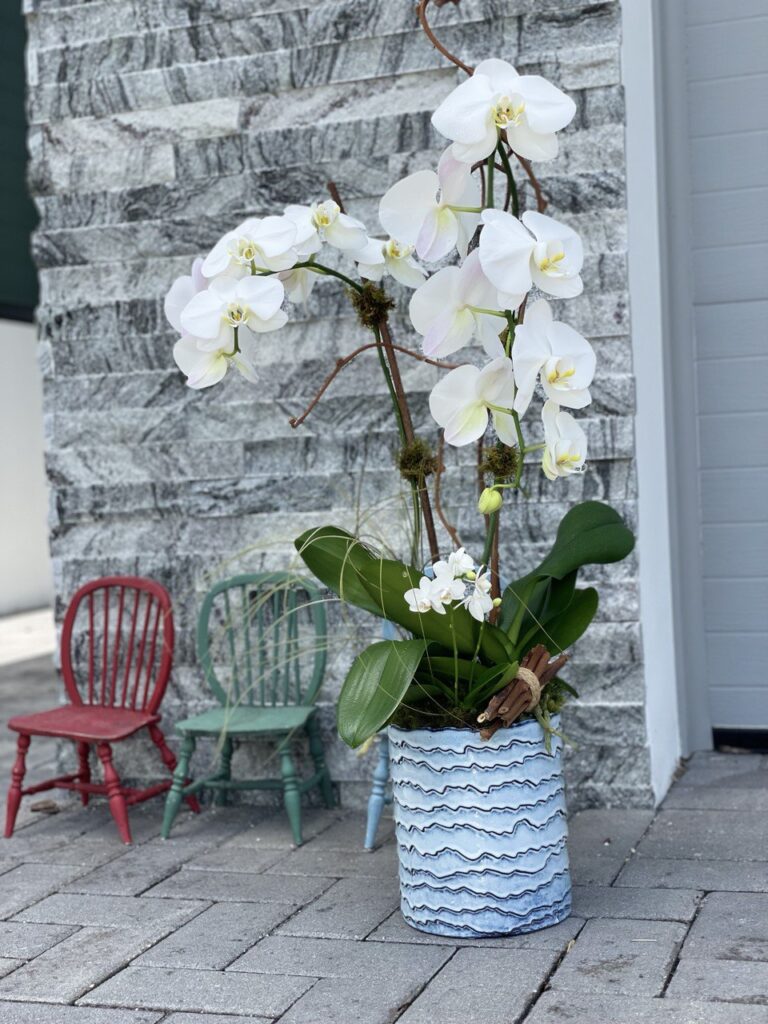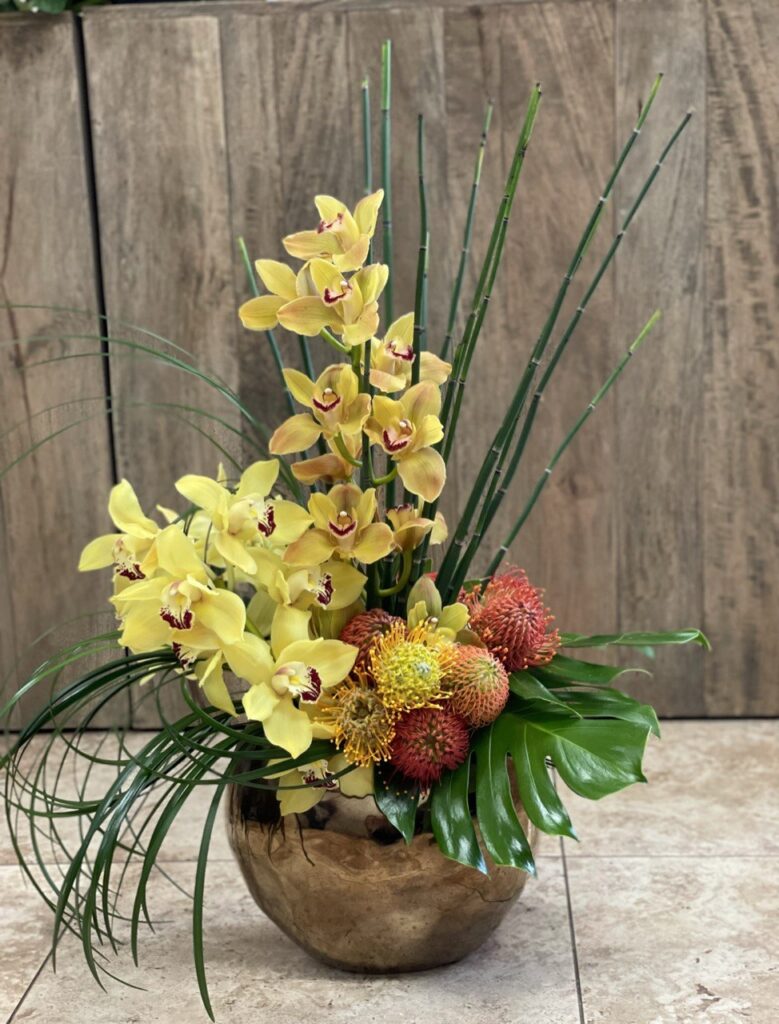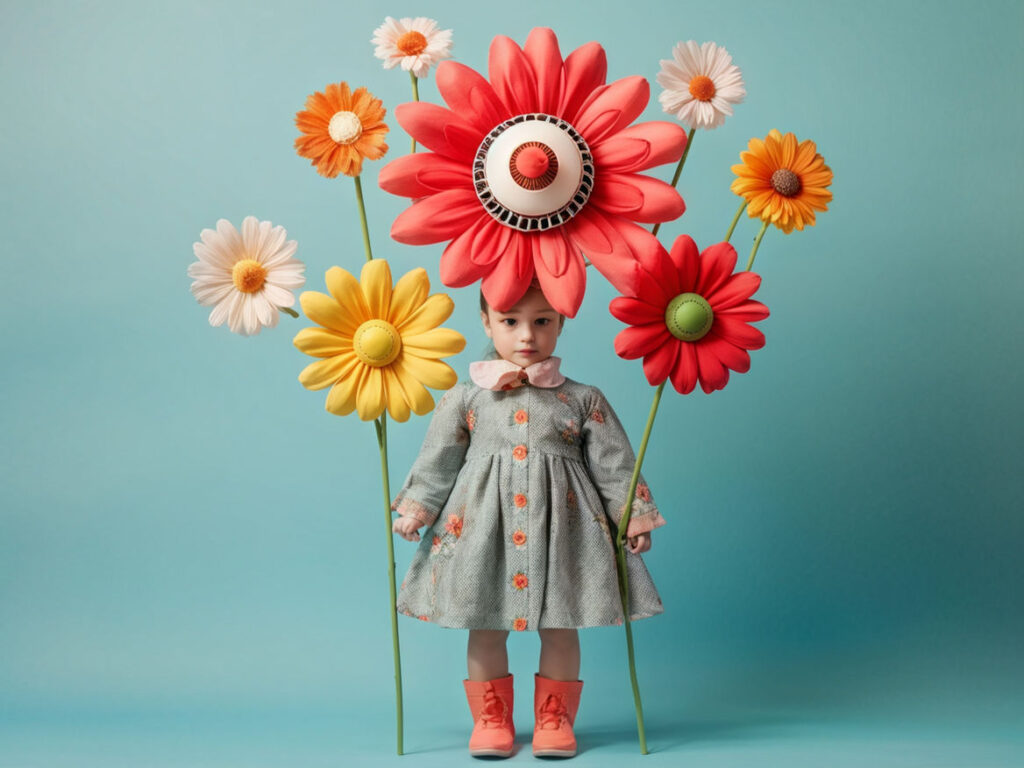
Shade gardening refers to cultivating plants in areas that do not receive full sunlight throughout the day. Recognizing your garden’s unique light conditions is crucial for successful shade gardening. Shade can be categorized into several types, each offering its own gardening opportunities and challenges.
Full shade refers to locations where direct sunlight is minimal, typically found under dense tree canopies or on the north side of buildings. These areas receive less than three hours of direct sunlight per day. Partial shade or partial sun denotes regions that get three to six hours of direct sunlight daily, often in the morning or late afternoon. In contrast, dappled shade occurs under trees with light foliage, where sunlight filters through leaves, creating a shifting pattern of light and shade throughout the day.
Shade gardening comes with distinct advantages. One primary benefit is the cooler temperatures, which reduce water evaporation and lessen the risk of heat stress on plants. Additionally, shaded areas are less prone to fungal problems often exacerbated by moisture and heat. When planning a shade garden, choosing plants adapted to low-light conditions ensures healthier growth and robust blooming.
However, shade gardening also presents unique challenges. Limited sunlight requires careful plant selection and strategic garden placement. Shade-tolerant plants are essential to maximize the potential of shaded spots. Furthermore, soil quality plays a significant role, as shade can affect moisture levels and nutrient availability. Regular soil amendments with organic matter can improve soil structure and enhance water retention, crucial for the success of shade gardens.
In conclusion, understanding and accurately identifying your garden’s specific light conditions is foundational for shade gardening success. By grasping the nuances of different shade types and addressing their particular challenges, gardeners can create lush, thriving landscapes even in low-light areas. Proper plant selection, soil management, and strategic placement are paramount to reaping the benefits of gardening in the shade.
Top Perennial Flowers for Shade
When it comes to shaded areas in gardens, choosing the right perennial flowers can completely transform a seemingly dull space into a vibrant, lush sanctuary. Some of the best perennials that thrive in the shade are Hosta, Astilbe, and Dicentra spectabilis (commonly known as Bleeding Heart). These plants are renowned not only for their beauty but also for their ability to flourish with minimal sunlight.
Hosta, commonly referred to as Plantain Lilies, are celebrated for their stunning foliage. Ranging in color from deep greens to blue-greens and variegated patterns, these plants typically bloom in mid-summer with delicate, fragrant flowers. Hosta can reach heights of 1 to 3 feet, making them excellent for ground cover or as a backdrop for flower beds. They prefer rich, well-draining soil and require consistent moisture, especially during dry spells.

Astilbe is another fantastic choice for shaded gardens. Known for its feathery plumes that come in shades of pink, red, and white, Astilbe flowers from late spring to early summer. These perennials can grow up to 2 to 4 feet tall. They thrive in organically-rich, moist soil and are particularly effective when planted in groups to create dense splashes of color. Regular watering is essential, as they do not tolerate dry soil well.
Bleeding Heart (Dicentra spectabilis) is a classic shade-loving perennial, admired for its heart-shaped flowers that dangle gracefully from arching stems. Blooming from late spring to early summer, these plants add a whimsical touch to shaded gardens. Bleeding Heart typically grows to about 2 to 3 feet in height. They prefer well-draining, fertile soil and moderate watering. To ensure continuous bloom, remove spent flowers regularly.

Incorporating these perennials into garden designs can enhance both aesthetic appeal and ecological health. For example, Hosta can be used to create a lush border along shaded pathways, while Astilbe can be planted en masse around water features to accentuate their whimsical plumes. Bleeding Heart can be strategically placed to highlight shaded corners or under trees, providing visual interest with their unique blooms.
By carefully selecting and placing these top perennial flowers for shade, gardeners can create serene and captivating landscapes that thrive with minimal sunlight, proving that shaded areas need not be devoid of beauty.
Annual Flowers That Flourish in Shade
When it comes to bringing vibrant color to shaded garden areas, selecting the right annual flowers can make all the difference. Among the best annuals for thriving in low-light conditions are Impatiens, Begonias, and Coleus, each offering unique attributes to enhance your garden’s aesthetic appeal.
Impatiens are a staple for shaded gardens, known for their abundant blooms and wide color range, including shades of red, pink, white, and purple. Planting Impatiens involves choosing a well-draining soil rich in organic matter and spacing the plants about 8 to 12 inches apart to allow for proper air circulation. Regular watering is vital, as Impatiens prefer consistently moist soil but are susceptible to root rot if overwatered. They require minimal maintenance, making them an excellent choice for novice gardeners.
Begonias are another excellent option for shaded spots, particularly the wax and tuberous varieties. These flowers thrive in partial to deep shade and come in strikingly vivid colors, including red, white, and orange. Begonias are low-maintenance, needing only occasional deadheading to encourage continuous blooming. When planting Begonias, it’s essential to ensure the soil is well-draining and to water them moderately, allowing the soil to dry between watering sessions to prevent root disease. They also benefit from a balanced, slow-release fertilizer applied monthly.
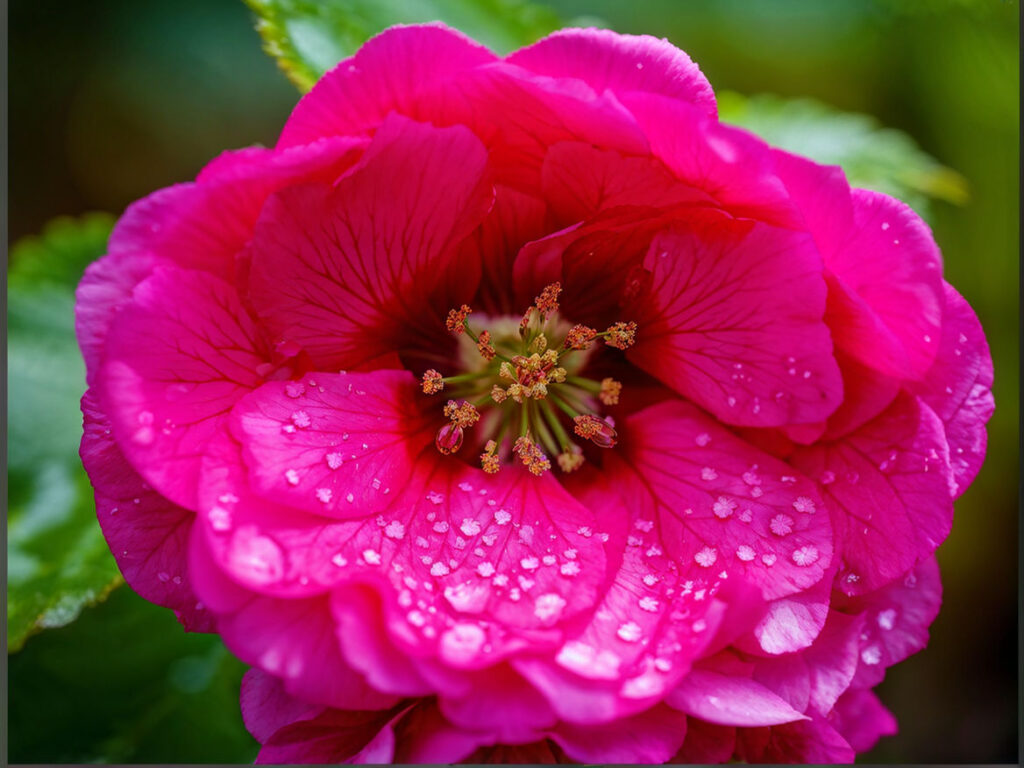
Coleus stands out for its stunning foliage, which comes in an array of colors and patterns, adding texture and interest to shaded areas. Unlike Impatiens and Begonias, Coleus is primarily grown for its leaves rather than its flowers. When planting Coleus, opt for a spot with indirect sunlight and rich, well-draining soil. These plants require regular watering but should not be waterlogged. Pinching back the growing tips will encourage bushier growth and prevent the Coleus from becoming too leggy.
Integrating these vibrant annuals into your existing garden design can significantly enhance curb appeal, providing continuous blooms and lush foliage throughout the growing season. By carefully selecting plants that flourish in the shade, you can create a dynamic and visually appealing garden landscape, even in less sunny areas.
Caring for Shade-Loving Flowers
Maintaining a flourishing shade garden necessitates a nuanced understanding of several crucial care aspects. Paramount among these is proper watering. Shade-loving flowers typically require less frequent watering compared to those in sun-exposed areas. However, it’s essential to ensure the soil remains consistently moist, especially during dry spells. A drip irrigation system can offer precise water delivery without over-saturating the soil.
The ideal soil for shade gardens is rich in organic matter, which promotes optimal nutrient retention and drainage. Amending the soil with compost or well-rotted manure significantly enhances its texture and fertility. When it comes to fertilizing, a balanced, slow-release fertilizer applied twice during the growing season works best. Over-fertilization can harm shade-tolerant plants, so adhering to recommended dosages is vital.
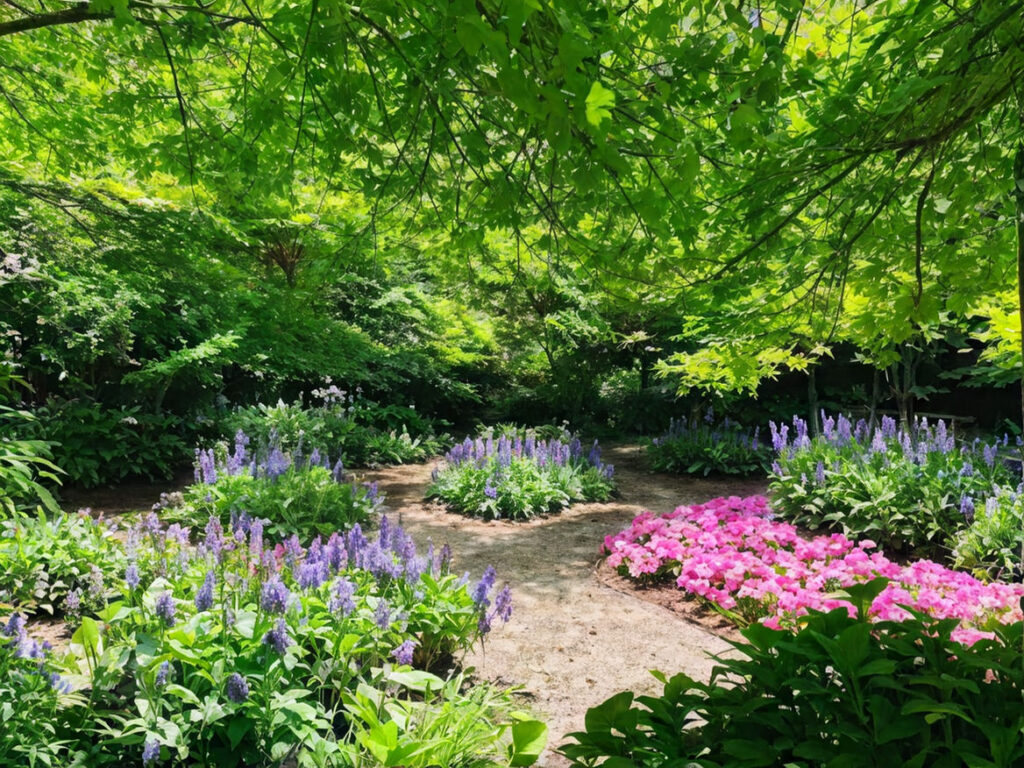
Pest control in shaded environments demands a vigilant approach, as these areas can harbor slugs, snails, and fungal diseases. Regular monitoring and organic pest management strategies, such as diatomaceous earth or copper tape for slug prevention, are highly effective. Fungicide treatments can mitigate mildew and other fungal issues.
Mulching is another integral practice in shade gardening. Applying a 2-3 inch layer of organic mulch, like bark or leaves, helps retain soil moisture, suppress weeds, and gradually improves soil structure as it decomposes. However, avoid piling mulch directly against plant stems to prevent root rot.
Pruning shade-loving flowers varies depending on plant species but generally involves removing dead or damaged growth to encourage healthy development and enhance aesthetics. For perennials, this practice also stimulates future blooming. Routine seasonal maintenance, such as cutting back after blooms fade and protecting plants with frost covers in colder months, ensures year-round vitality.
Common problems unique to shade gardens include poor air circulation and low light levels, leading to leggy growth or sparse blooming. Address these by thinning plantings to improve airflow and selecting shade-tolerant species that thrive in low-light conditions. Troubleshooting such issues promptly fosters a resilient, thriving garden landscape.
East boca florist https://eastbocaflorist.com



